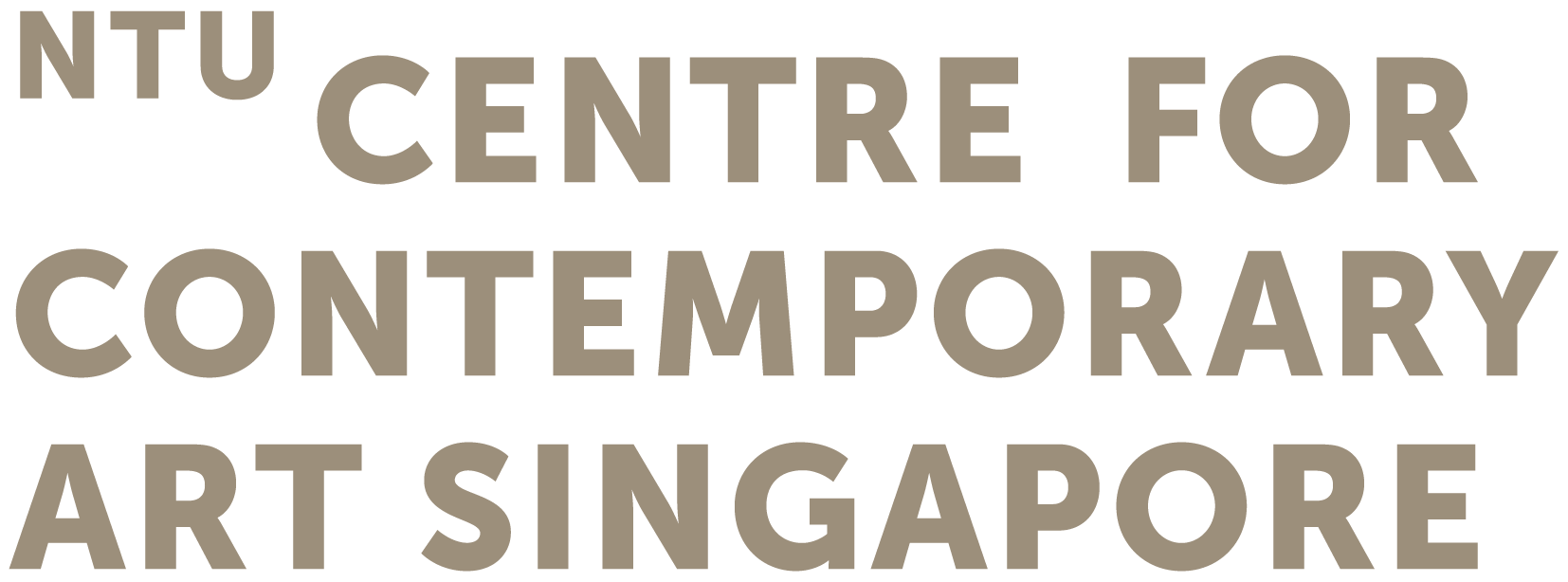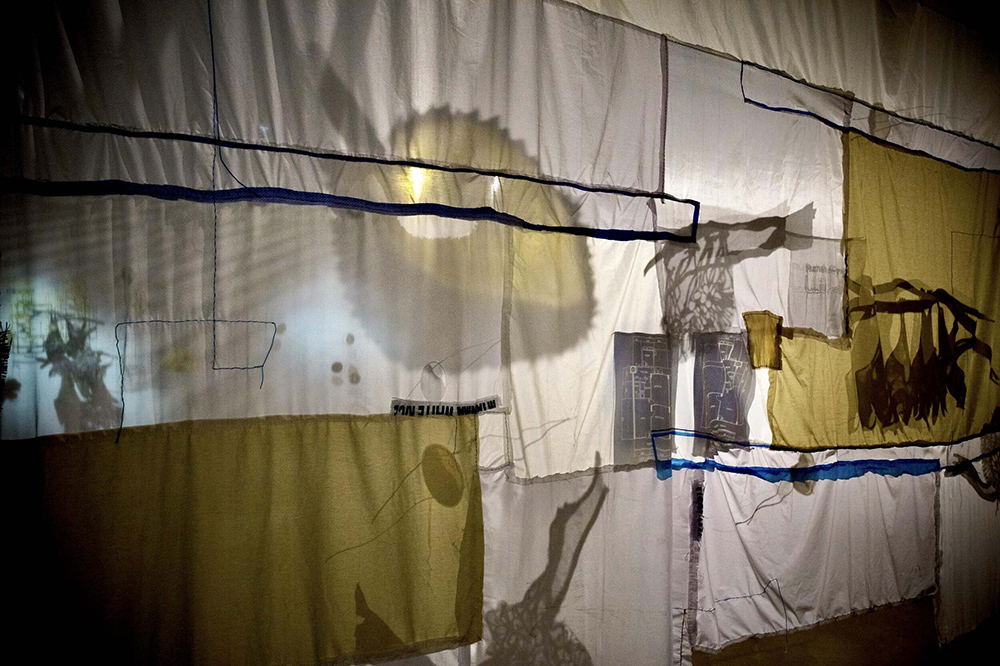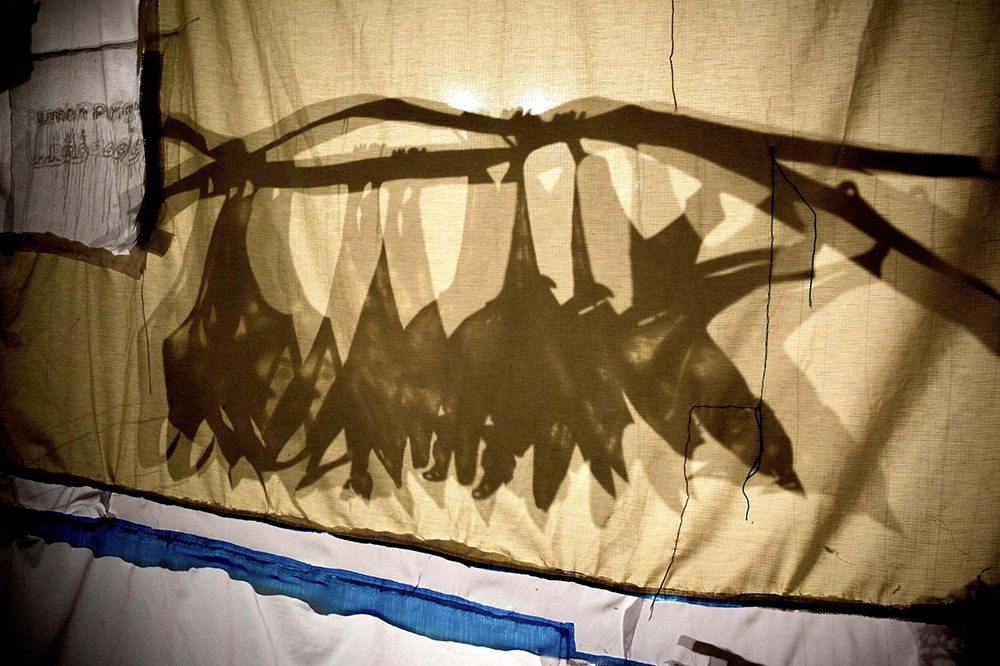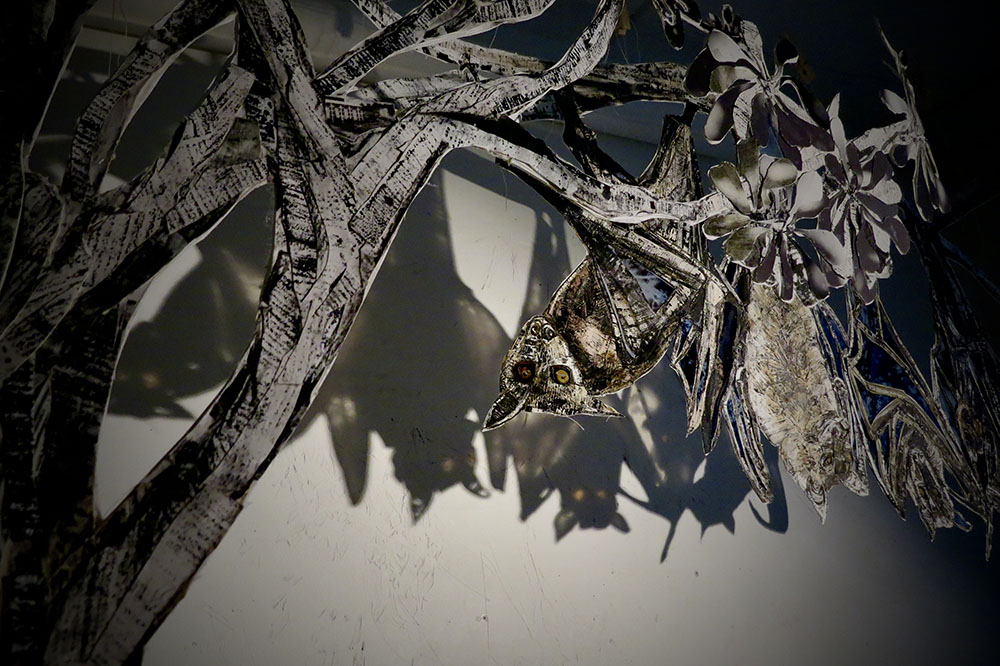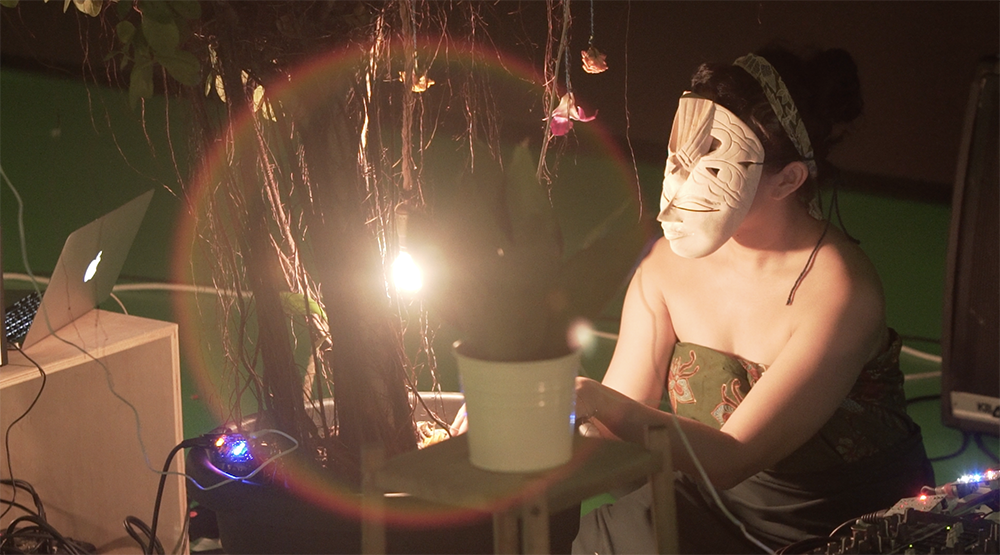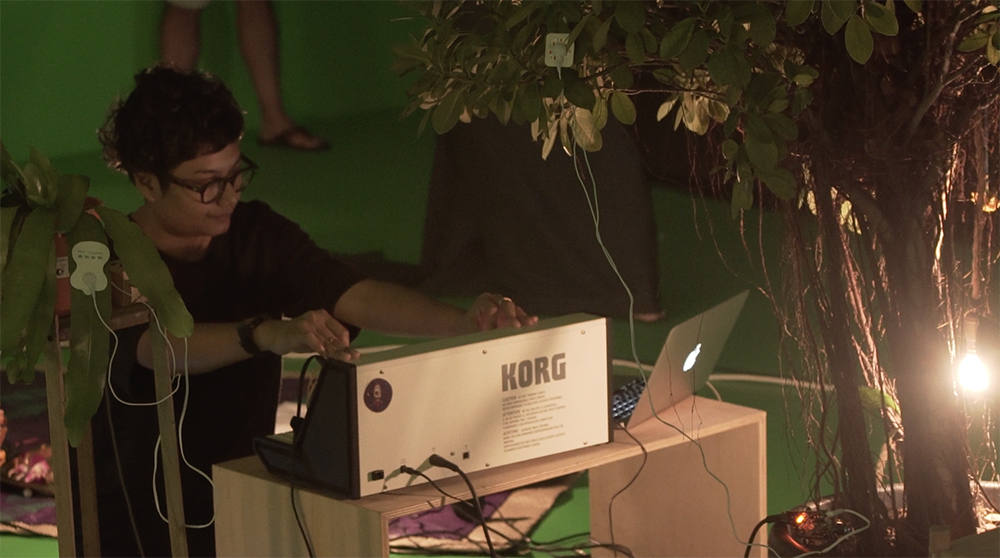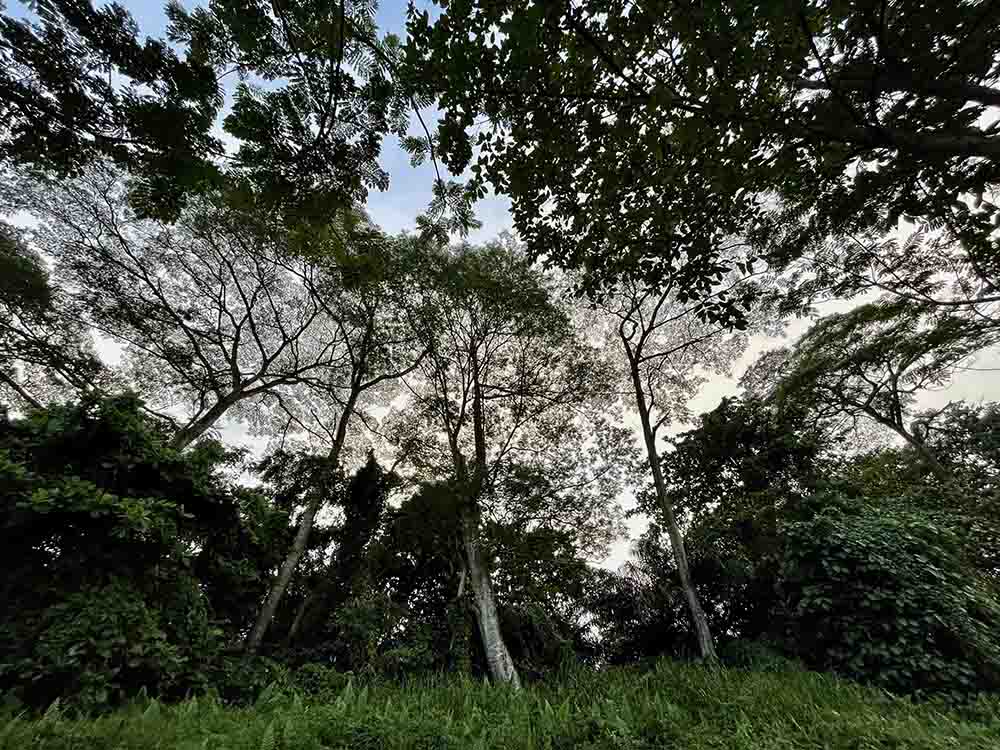Tini Aliman
From the artist on her practice:
"One of my first departure points on capturing data from plants and biomusic stems from the idea of silence and the silenced. While I do not specifically aim to anthropomorphised, or to translate these data to a language that our human mind can comprehend, also not so much in the context of new age philosophy, my base practice as a sound engineer, seek to use technology to measure the galvanic conductance in living beings, a form of bio-electricty and transform that data into sound for deep listening, contemplation and understanding. This has a lot to do with my appreciation for silence and the silenced, and through this practice, I learn more about microphone techniques and keeping the plants in my front yard alive. The symbol of contemplation and deep soundlessness is something I value a lot in my sound practice. We are constantly murmuring, muttering, scheming or wondering to ourselves, comforting ourselves, in a perverse fashion with our own silent voices. Just like the concept of ‘Ma’, a ‘living pause’ in Noh theatre, I appreciate the idea of a negative space between the memory of a sound heard and the anticipation of the next sound. Leonard Cohen endearingly named himself Jikan, which means the silence in between two thoughts. It is meaningful to consider all the contextual questions framing the piece of music and seeing it as a form of ‘completed work’ or can I simply enjoy the music as it is. The idea of the role of the artist as having transformed over time and the role of the creator of objects and how it contributes to the perceived ‘value’ of the work. I just don’t think we should stop learning."
